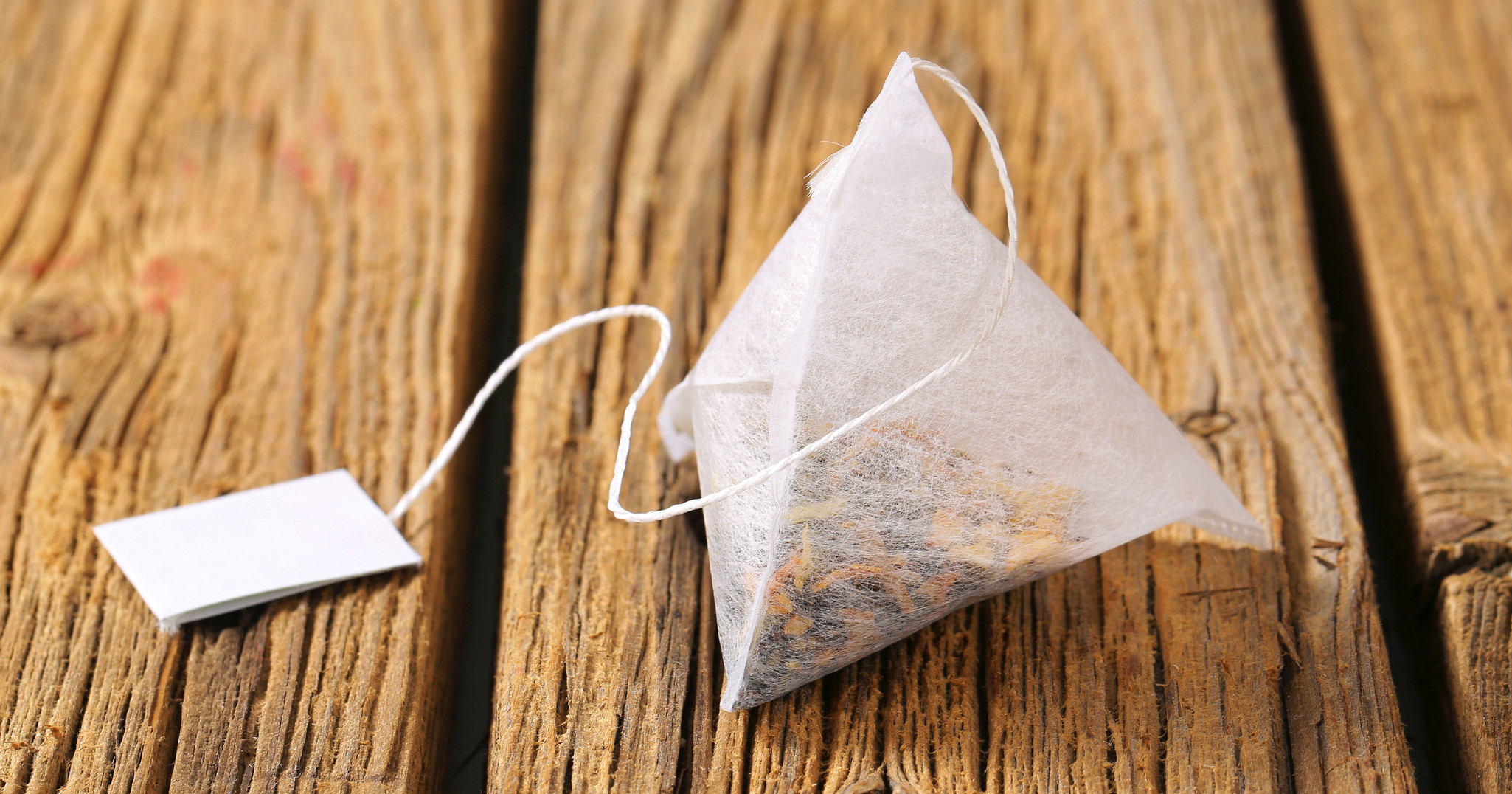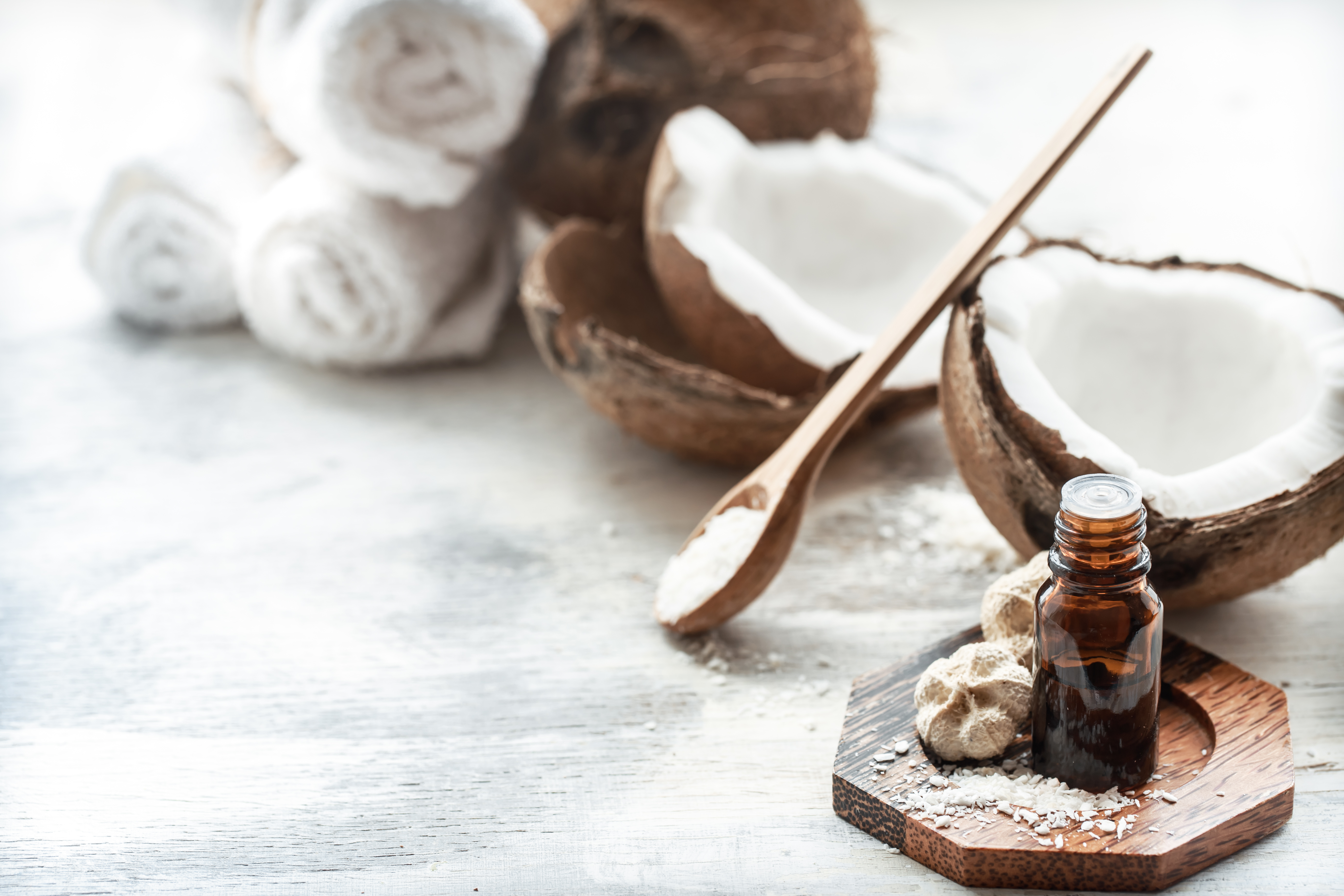Safe and Simple Ways to Treat That Stye on Your Eye
At some point, most people will experience the discomfort of a stye—a red, painful bump that forms on the inside or outside of the eyelid. While usually harmless, styes can be irritating, unsightly, and even interfere with your vision if they swell too much. Caused by staphylococcal bacteria often transferred from the nose to the eye, styes are also contagious, making prompt treatment essential. Whether you’re dealing with your first stye or just want it gone fast, we’ve expanded our list to 22 safe, simple, and effective ways to get rid of a stye—and help keep it from coming back.
1. Tea Bags

Tea bags offer a safe and effective way to quickly eliminate styes. To use this method, simply prepare a batch of green or black tea. Wait until the tea is cool enough that it will not burn the skin but is still somewhat warm. Next, soak a washcloth in the tea and press it against the stye. Alternatively, press a soaked tea bag against the stye. Hold the soaked washcloth or tea bag against the stye for at least ten minutes. Repeat this process five times a day until the stye disappears.
2. Coconut Oil

Coconut oil has anti-inflammatory, antibacterial, and antifungal properties. There are many health and beauty benefits of coconut oil, and getting rid of styes is one of them. Applying coconut oil directly onto a stye accelerates healing and reduces pain. Simply place half a cup of coconut oil into a clean container; both liquid and hardened forms of coconut oil are safe for topical use. Next, wash the stye before applying a small amount of coconut oil onto it. Allow the oil to sit on the stye. Do not wipe or wash it off. It is important to allow the oil to sink into the stye. Complete this process at least five times per day.
